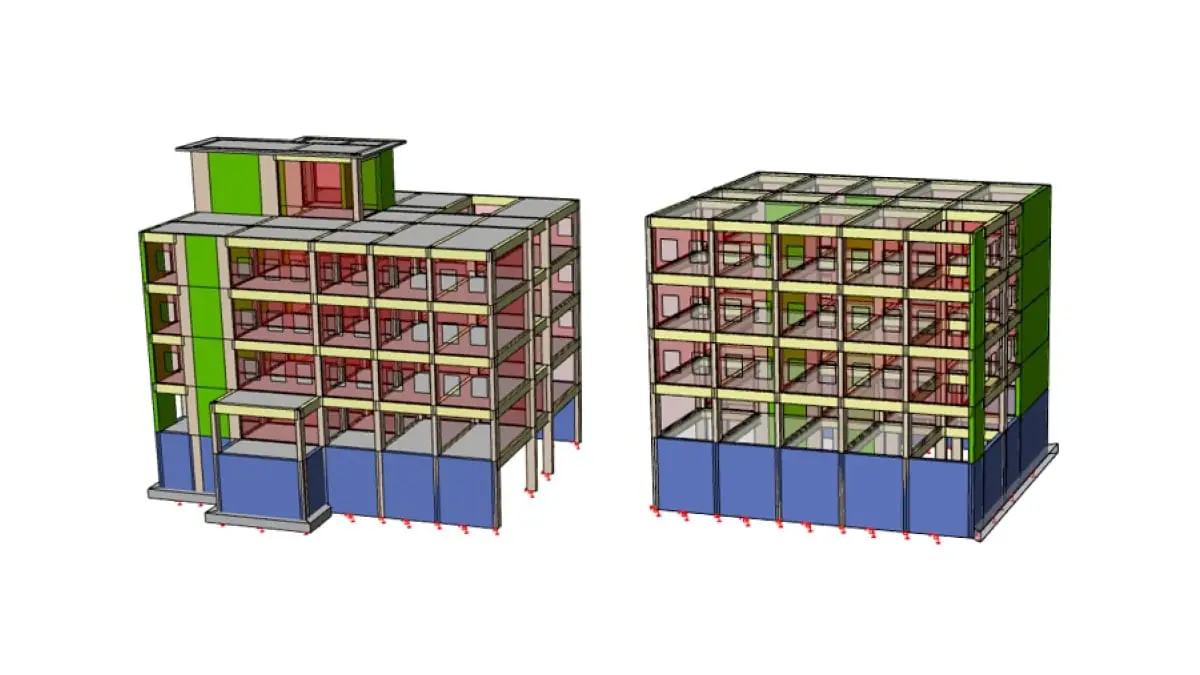
Seismic Separation Design (ASCE 7-16)
Summary
Seismic Separation in ProtaStructure: Comprehensive Guidance
ProtaStructure is equipped to determine seismic separation conditions in compliance with ASCE 7-16 Clause 12.12.3, ensuring precise designs that adhere to international seismic standards. This document provides a detailed explanation of seismic separation conditions, including the principles behind their calculation. Additionally, the Seismic Joint Design user interface is introduced, offering engineers an efficient tool to define and evaluate separation requirements in their projects.
Understanding Seismic Separation
Seismic separation, also known as a seismic gap or joint, is the space required between adjacent structures or structural elements to prevent collision during seismic events. This gap accommodates lateral displacements caused by seismic forces without transferring loads between the structures. Properly designed seismic separation minimizes the risk of structural damage and enhances building safety during earthquakes.
ProtaStructure’s Approach to Seismic Separation
ProtaStructure incorporates the guidelines of ASCE 7-16 Clause 12.12.3, which specifies the minimum separation requirements based on expected building displacements. The software automatically calculates the seismic gap by considering key factors such as:
- Building height and flexibility
- Anticipated inter-story drift
- Torsional effects
- Seismic design category of the project
This automated calculation ensures that the separation is adequate to prevent pounding or interaction between structures during seismic activity.
Features of the Seismic Joint Design Interface
The Seismic Joint Design interface in ProtaStructure simplifies the process of modeling and verifying seismic separation conditions. Key features include:
- Intuitive Input Options: Easily define structural parameters and select appropriate seismic codes.
- Real-Time Visualization: View calculated seismic gaps in real-time, enabling quick adjustments as necessary.
- Integration with Analysis Models: Seamlessly integrate seismic joint calculations into the structural model for consistency.
- Compliance Checks: Ensure that seismic joints meet the requirements of ASCE 7-16 or other selected codes.
Why Seismic Separation Matters
Inadequate seismic separation can lead to structural pounding, causing severe damage during earthquakes. ProtaStructure’s precise calculation and visualization tools help engineers address this critical aspect of seismic design effectively. By automating the process, the software reduces errors and saves valuable design time.
Conclusion
This document serves as a comprehensive guide for understanding and applying seismic separation requirements using ProtaStructure. By leveraging the Seismic Joint Design user interface and following the methods outlined, engineers can ensure compliance with seismic standards and design projects capable of withstanding earthquake forces effectively.







